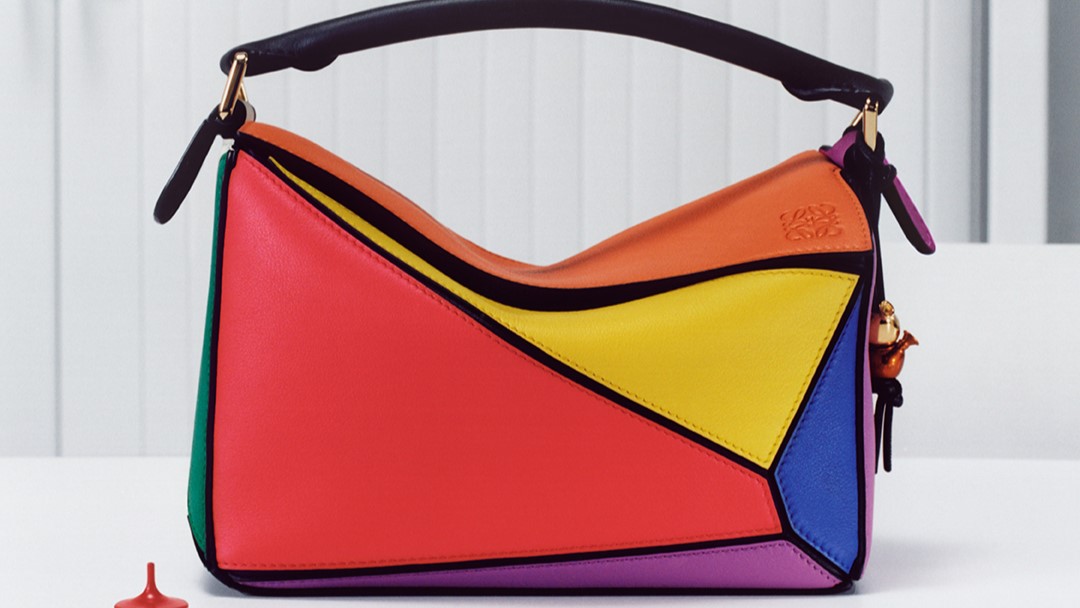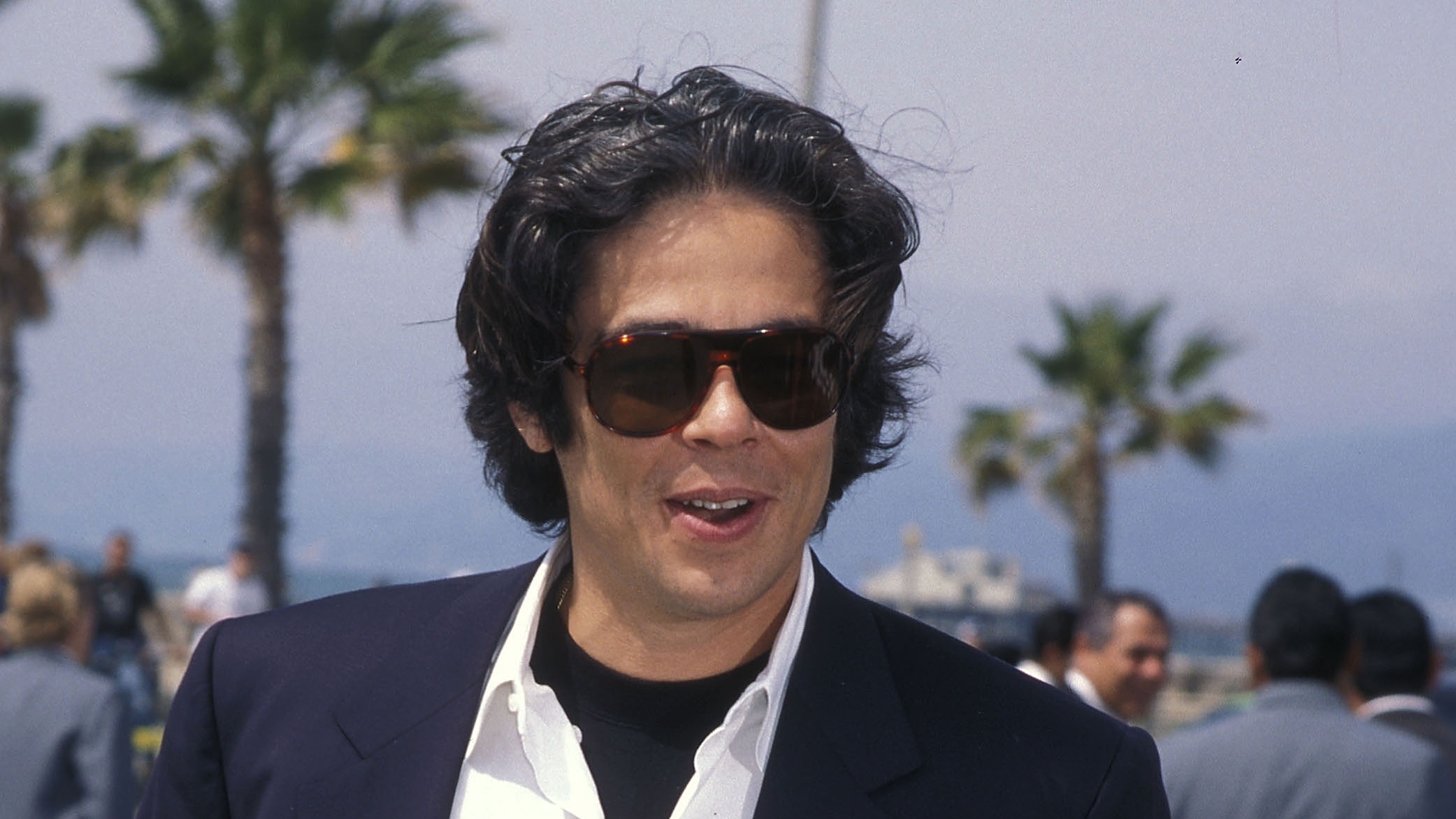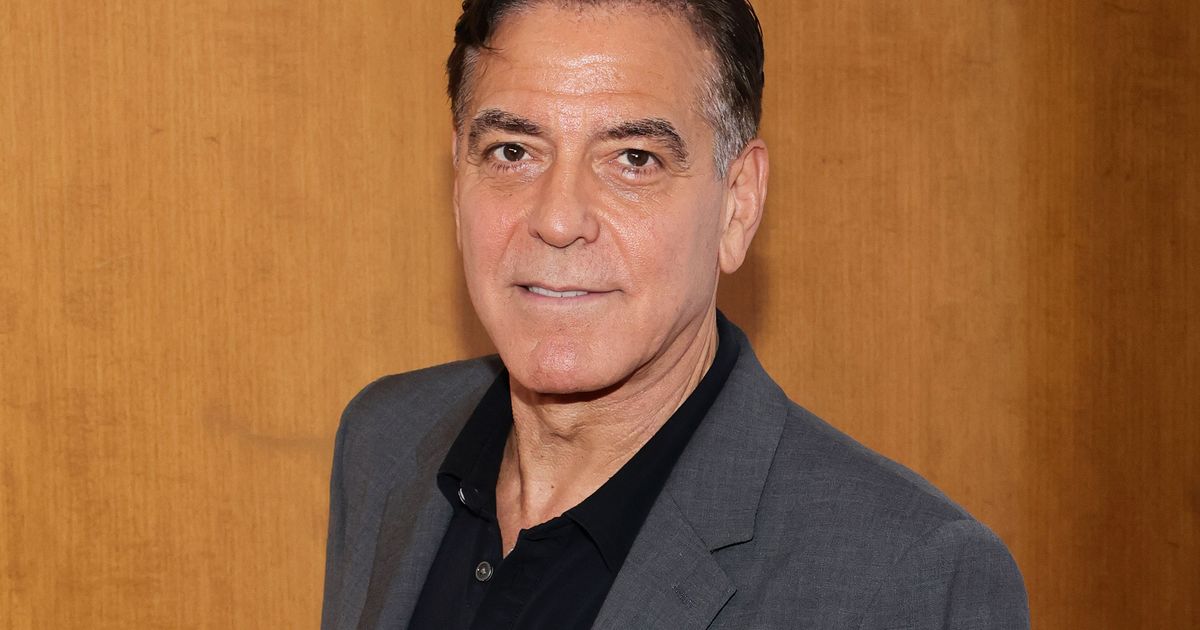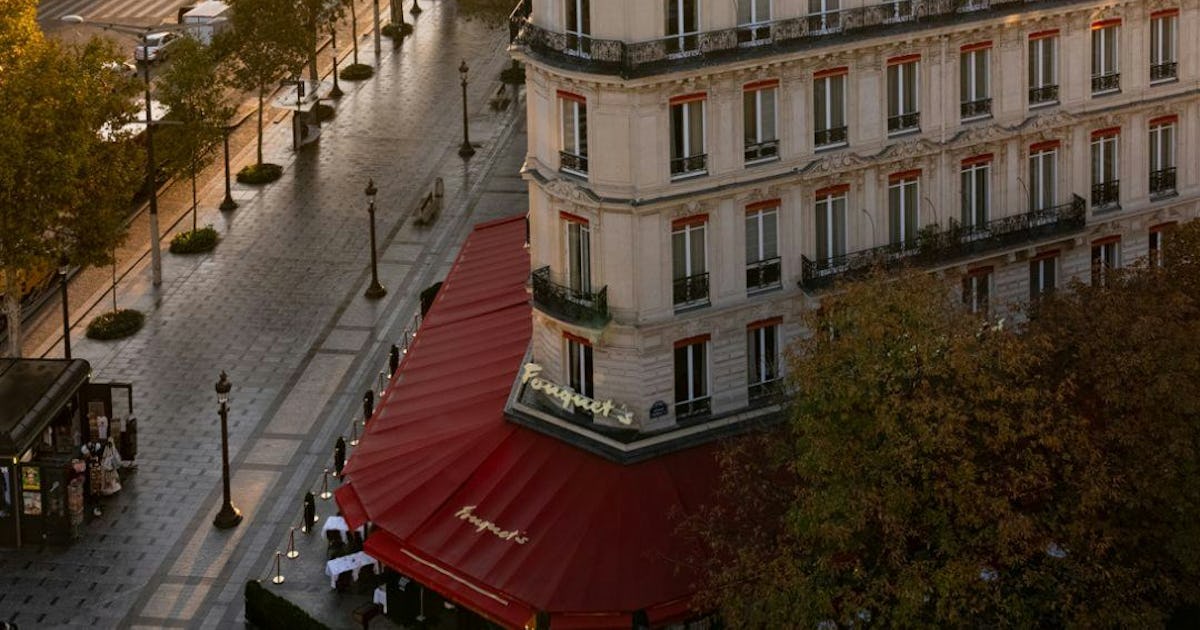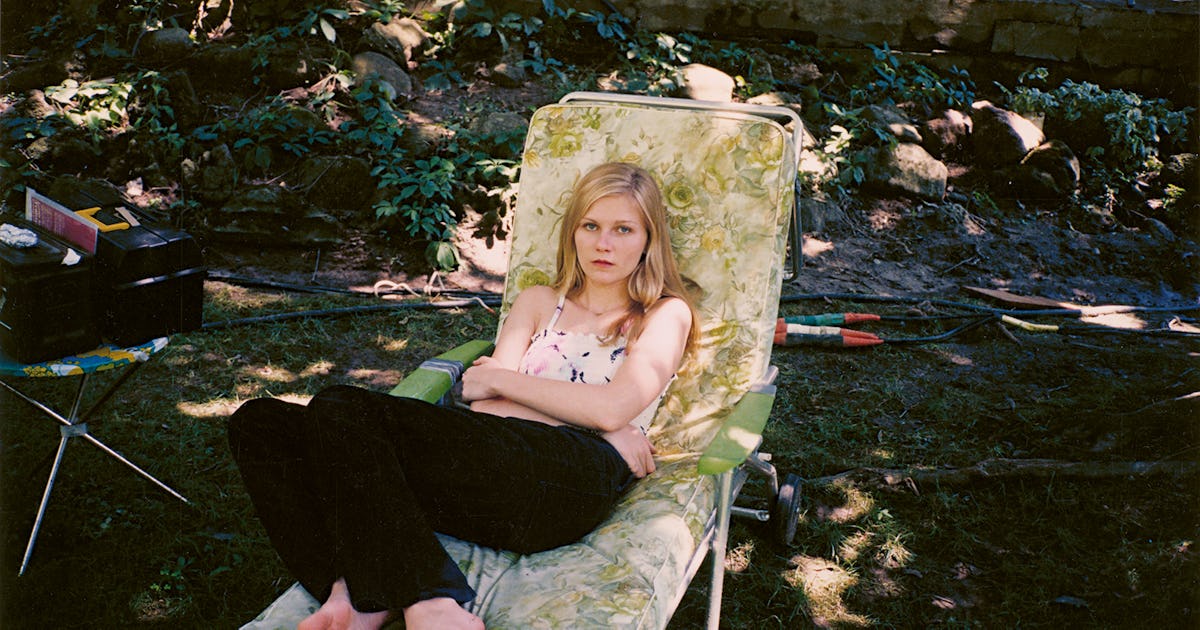What should I get instead of the Fujifilm X100VI?
When you use DPReview links to buy products, the site may earn a commission. Fujifilm's X100VI seems destined to perpetually dangle just out of reach. Photo: Richard Butler Fujifilm's X100VI remains hard to get hold of, over a year after its launch. Demand significantly outstripped supply and the company has been struggling to catch up, despite talk of trying to increase production capacity. So, if you're fed up of waiting for an X100VI to become available, and don't want to line the pockets of scalpers on eBay, what are your options? Why do you want an X100? The word unique has been devalued by misuse, but I'd argue the X100 series offers a genuinely unique combination of style and capability. Some users won't care that it's a beautiful-looking camera, others won't care about working to squeeze out every last drop of potential image quality, but the X100 series appeals to both groups and many people in between. So, before you can pick an alternative, it's worth being honest with yourself about what aspects of it appeal to you. If it's purely the desire for a small camera with good image quality, then there might be other options. If it's the classic aesthetics, you'll find the task harder. And if it's a bit of both, you might be better off waiting until they become available. Which compact cameras can I get, instead of an X100VI? The Ricoh GR IIIx can be a substitute for some of the things the X100VI does, in an even more convenient package, but they're hard to get hold of, too. Photo: Carey Rose 2025 seems to be the year of cameras being unavailable, even prior to talk of tariffs and trade wars. Models such as the Ricoh GR IIIx or Canon G7 X III, that can, in their own ways, offer some of the X100VI's 'high image quality in a small body' appeal, have also become hard to source. In both cases, their manufacturers insist they're still in production, and yet... The Ricoh GR IIIx isn't a like-for-like substitute for the X100VI, but it'd be our pick of an excellent photographers' compact if you can find one. What are the mirrorless alternatives to the X100VI? Compounding matters, the small, rangefinder-style mirrorless cameras we used to suggest as ersatz X100 stand-ins seem to have fallen out of fashion. Canon has abandoned its EOS M system, so the EF-M 22mm F2 lens doesn't have a contemporary body to mount on. All of Panasonic's GX models are looking distinctly dated and, while OM System still makes a PEN camera, the E-P7 is only sold in certain markets. Even with a small lens, the Sony a7C II leaves you quite a long way from the X100VI's size, price or experience. Photo: Richard Butler You can recreate much of the X100's technical capability with a Sony a6700, but there aren't any particularly compact circa 35mm equiv lenses to pair with it. A Sony a7C II with a 35mm F2.8 is another option but you're drifiting further and further away from the idea of a good-looking, enjoyable or compact camera at that point, and your expenditure risks spiralling. Should I get an older X100 model instead? Going back one generation to the X100V (left) sees you lose the X100VI's image stabilization and 40MP sensor, but go back further and you lose the newer design, movable screen and a further generation of responsiveness, so we wouldn't advise venturing beyond the X100F (right). Photo: Dan Bracaglia The continued shortage of X100VIs makes the previous models tempting, instead. The series has developed iteratively over fifteen years and six models, with appreciable improvements each time. The X100V is still a very nice camera, even if it misses out on the VI's higher resolution sensor and image stabilization. The problem is that their popularity also surged towards the end of their product life, so their second-hand prices can be as off-putting as those of the VI. The X100F was the fourth-generation X100 and taking this further step back in time sees you move to an earlier lens design, less streamlined body and fixed rear screen, along with the performance drop you'd reasonably expect of an eight-year-old camera. It could still be a reasonable option, but it's only worth taking if you can get it at a significant discount compared with the X100VI's list price, which is an unlikely prospect at present. We wouldn't recommend going back any further in the series than that. Buy now:$2329 at Amazon.com$1599 at Adorama$1599 at B&H Photo Fujifilm X100VI, is it worth the wait? Sadly – and even more so than when we tried to address this question with the X100V – there really isn't a great alternative to the Fujifilm X100VI. It's an excellent camera and one for which there are precious few plausible substitutes, and those that there are are also in short supply. We'd generally suggest putting in your order with a trusted retailer and waiting for Fujifilm to address the backlog If you can find a Ricoh GR IIIx, it's definitely worth a look, but beyond that we'd generally suggest putting in you

 |
|
Fujifilm's X100VI seems destined to perpetually dangle just out of reach. Photo: Richard Butler |
Fujifilm's X100VI remains hard to get hold of, over a year after its launch. Demand significantly outstripped supply and the company has been struggling to catch up, despite talk of trying to increase production capacity.
So, if you're fed up of waiting for an X100VI to become available, and don't want to line the pockets of scalpers on eBay, what are your options?
Why do you want an X100?
The word unique has been devalued by misuse, but I'd argue the X100 series offers a genuinely unique combination of style and capability. Some users won't care that it's a beautiful-looking camera, others won't care about working to squeeze out every last drop of potential image quality, but the X100 series appeals to both groups and many people in between.
So, before you can pick an alternative, it's worth being honest with yourself about what aspects of it appeal to you. If it's purely the desire for a small camera with good image quality, then there might be other options. If it's the classic aesthetics, you'll find the task harder. And if it's a bit of both, you might be better off waiting until they become available.
Which compact cameras can I get, instead of an X100VI?
 |
|
The Ricoh GR IIIx can be a substitute for some of the things the X100VI does, in an even more convenient package, but they're hard to get hold of, too. Photo: Carey Rose |
2025 seems to be the year of cameras being unavailable, even prior to talk of tariffs and trade wars. Models such as the Ricoh GR IIIx or Canon G7 X III, that can, in their own ways, offer some of the X100VI's 'high image quality in a small body' appeal, have also become hard to source. In both cases, their manufacturers insist they're still in production, and yet...
The Ricoh GR IIIx isn't a like-for-like substitute for the X100VI, but it'd be our pick of an excellent photographers' compact if you can find one.
What are the mirrorless alternatives to the X100VI?
Compounding matters, the small, rangefinder-style mirrorless cameras we used to suggest as ersatz X100 stand-ins seem to have fallen out of fashion. Canon has abandoned its EOS M system, so the EF-M 22mm F2 lens doesn't have a contemporary body to mount on. All of Panasonic's GX models are looking distinctly dated and, while OM System still makes a PEN camera, the E-P7 is only sold in certain markets.
 |
|
Even with a small lens, the Sony a7C II leaves you quite a long way from the X100VI's size, price or experience. Photo: Richard Butler |
You can recreate much of the X100's technical capability with a Sony a6700, but there aren't any particularly compact circa 35mm equiv lenses to pair with it. A Sony a7C II with a 35mm F2.8 is another option but you're drifiting further and further away from the idea of a good-looking, enjoyable or compact camera at that point, and your expenditure risks spiralling.
Should I get an older X100 model instead?
The continued shortage of X100VIs makes the previous models tempting, instead. The series has developed iteratively over fifteen years and six models, with appreciable improvements each time. The X100V is still a very nice camera, even if it misses out on the VI's higher resolution sensor and image stabilization. The problem is that their popularity also surged towards the end of their product life, so their second-hand prices can be as off-putting as those of the VI.
The X100F was the fourth-generation X100 and taking this further step back in time sees you move to an earlier lens design, less streamlined body and fixed rear screen, along with the performance drop you'd reasonably expect of an eight-year-old camera. It could still be a reasonable option, but it's only worth taking if you can get it at a significant discount compared with the X100VI's list price, which is an unlikely prospect at present. We wouldn't recommend going back any further in the series than that.
Fujifilm X100VI, is it worth the wait?
Sadly – and even more so than when we tried to address this question with the X100V – there really isn't a great alternative to the Fujifilm X100VI. It's an excellent camera and one for which there are precious few plausible substitutes, and those that there are are also in short supply.
We'd generally suggest putting in your order with a trusted retailer and waiting for Fujifilm to address the backlog
If you can find a Ricoh GR IIIx, it's definitely worth a look, but beyond that we'd generally suggest putting in your order with a trusted retailer and waiting for Fujifilm to address the backlog. Unless there's some important and unrepeatable event (a significant vacation or family event, for instance) imminent, we'd advise against paying the ludicrous markups some resellers are charging.
Partly because, while we gave it a Gold award as a camera costing $1599, its lustre dims if you have to pay hundreds of dollars over that price. But mainly because we wouldn't recommend that anyone help to line the pockets of people who only bought them solely to profiteer. Because they're part of the reason you can't get an X100VI.



































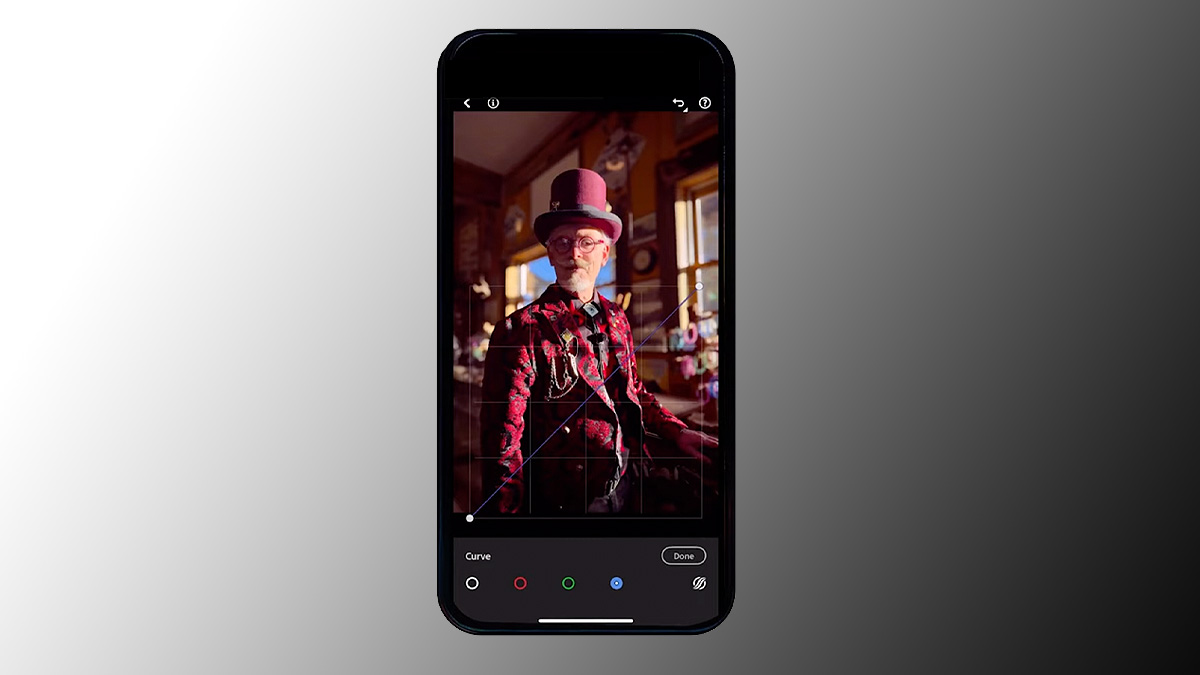

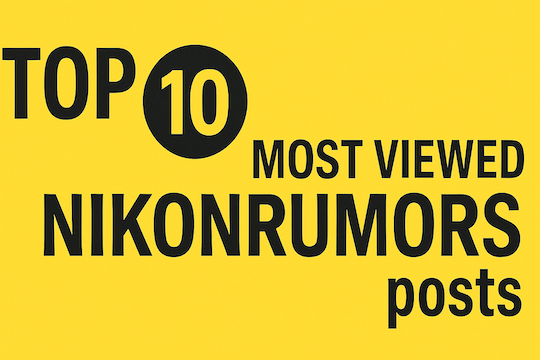
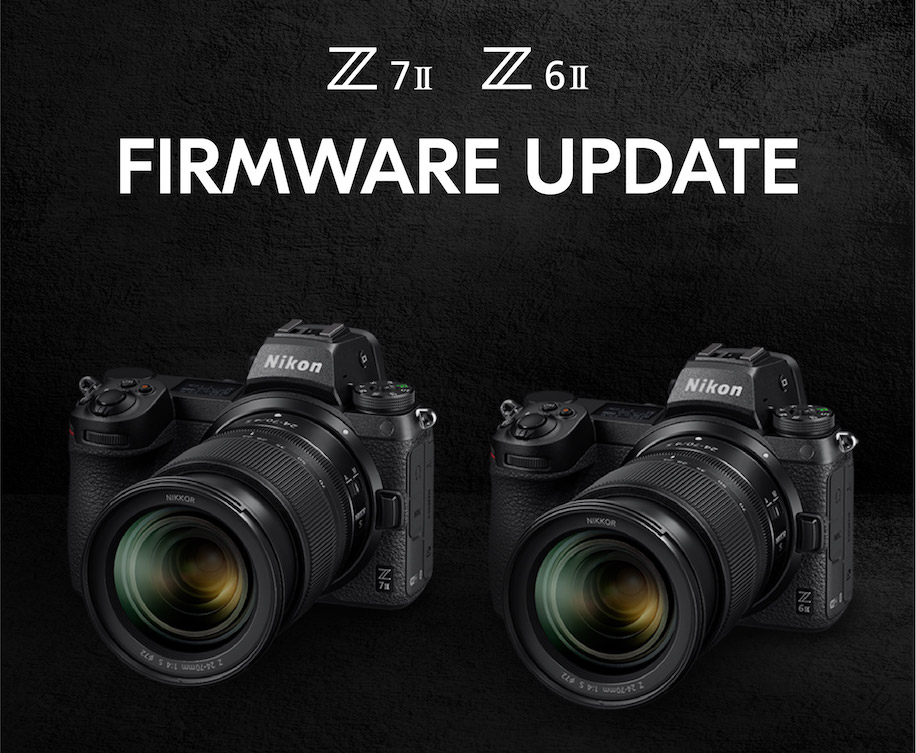
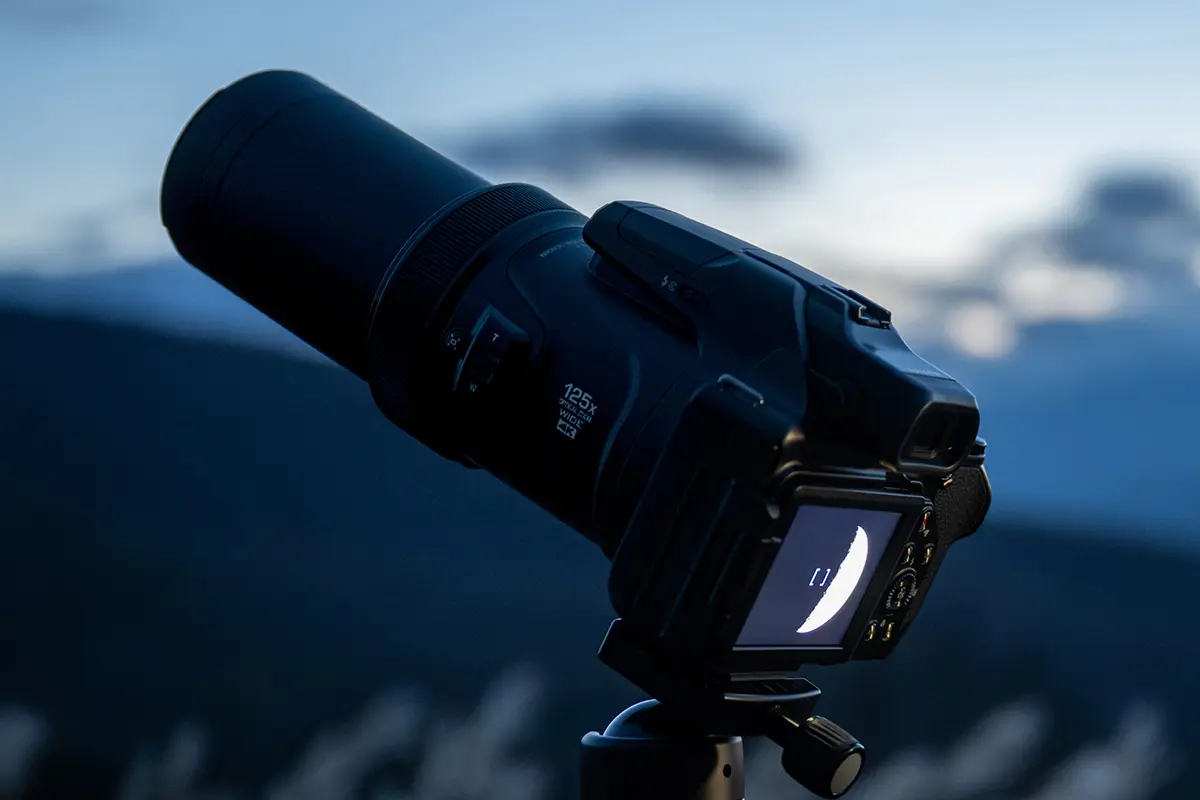




















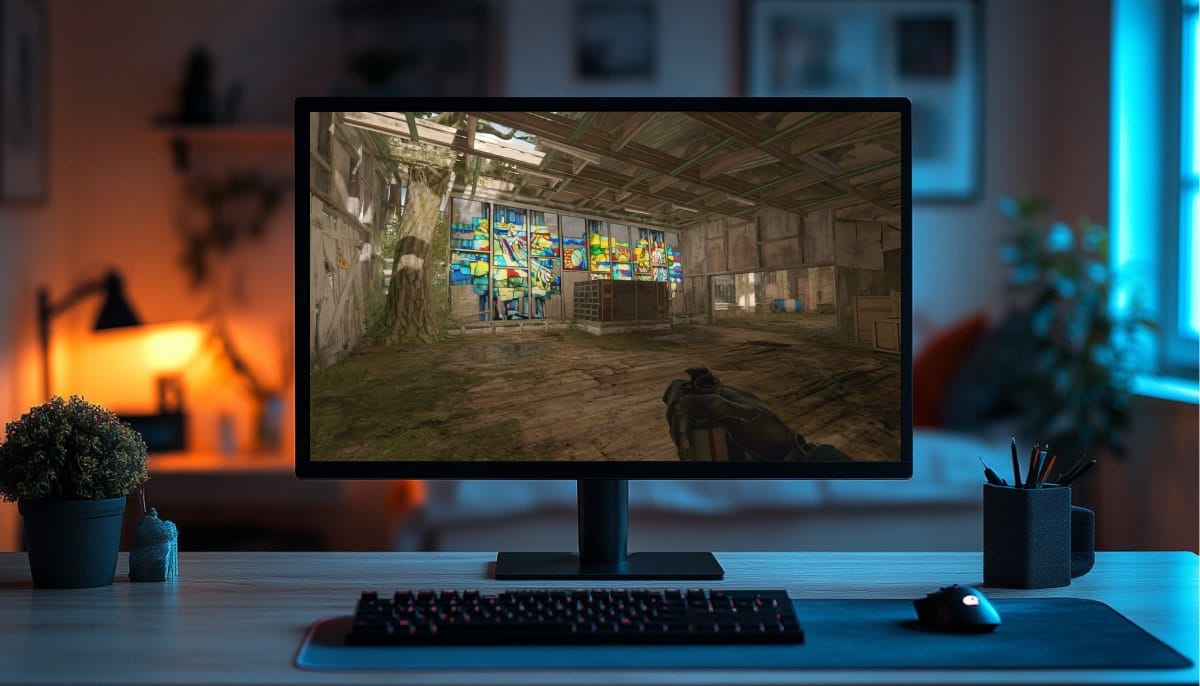



.png?width=1920&height=1920&fit=bounds&quality=70&format=jpg&auto=webp#)












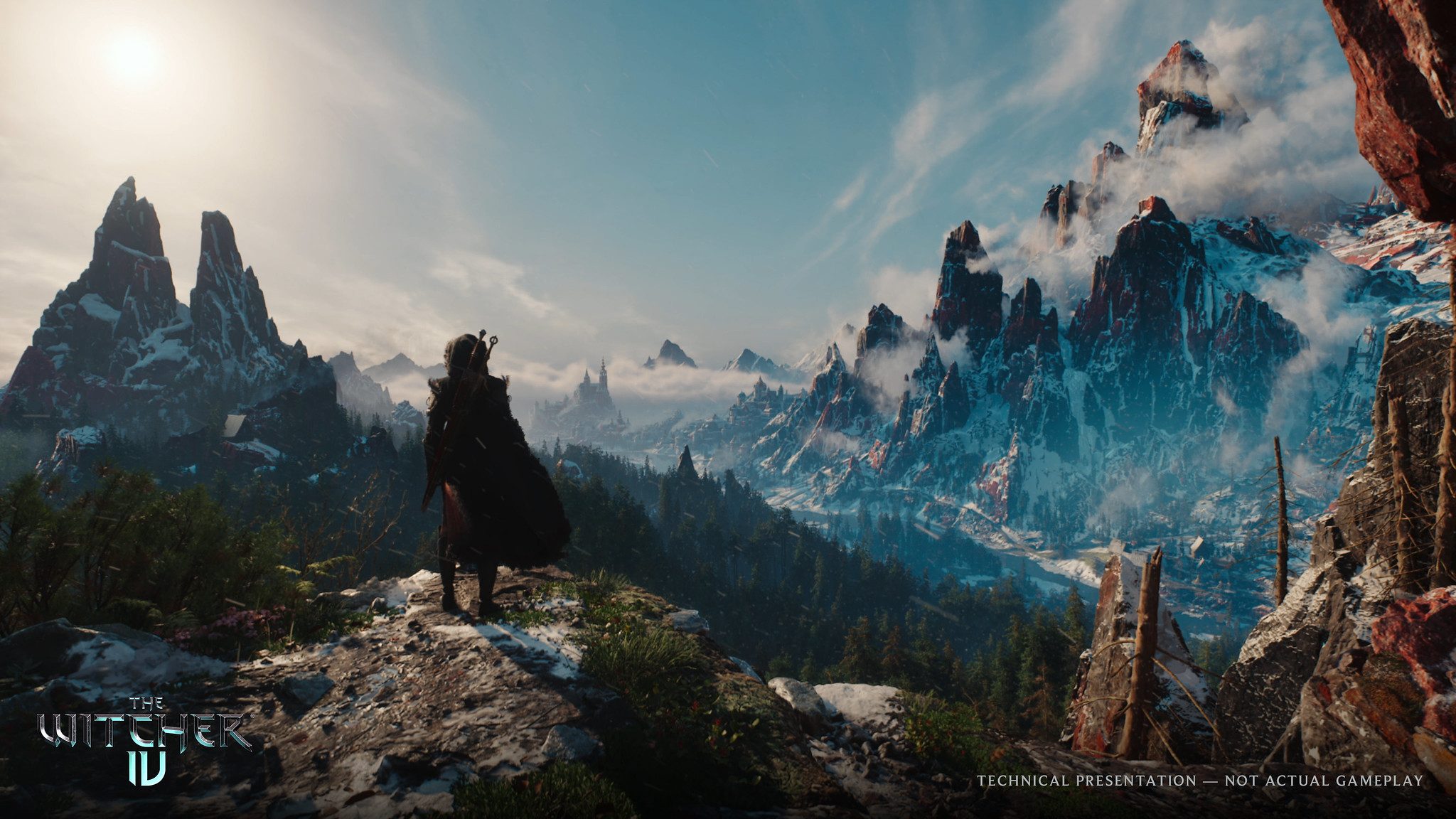
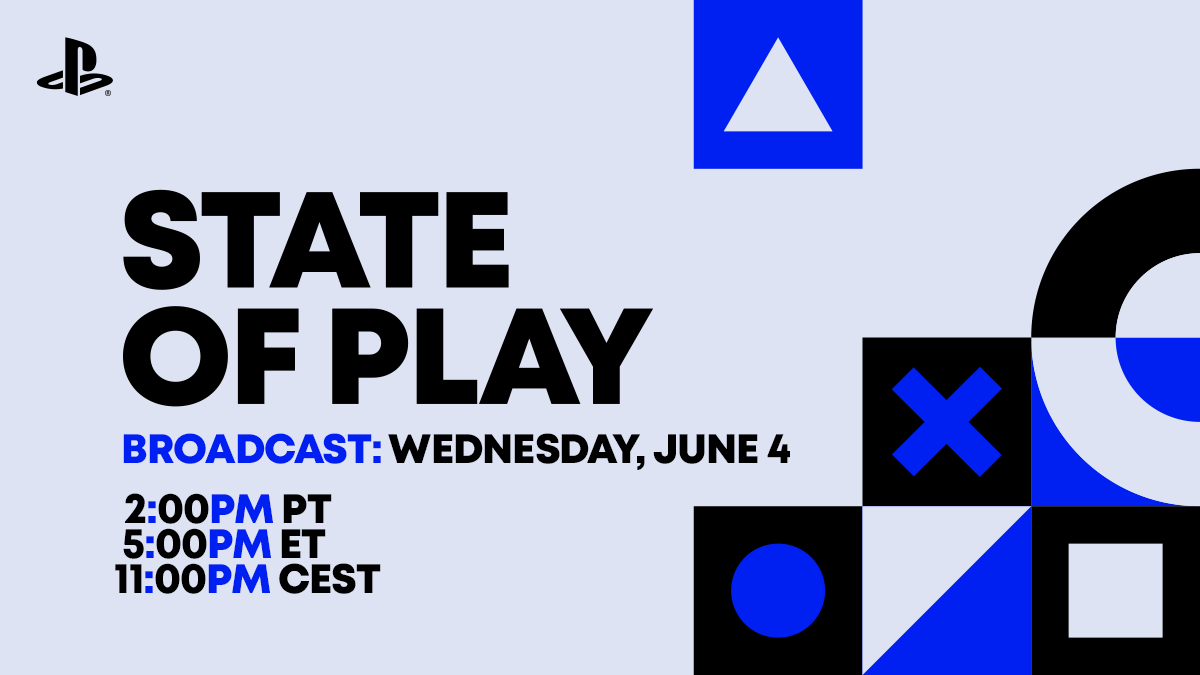










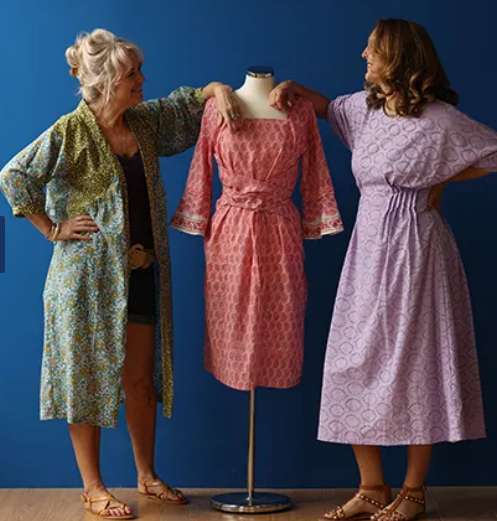

















































































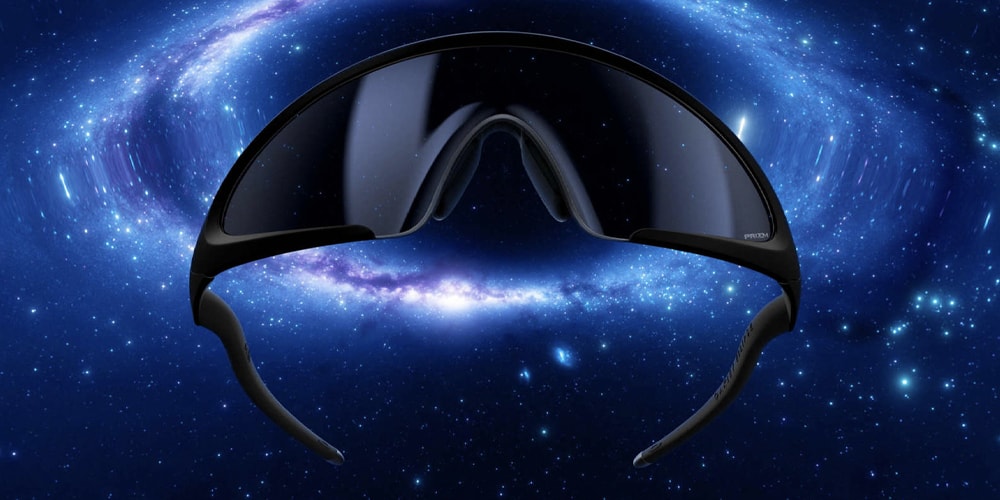


.jpeg)



%20928-5749.jpg)

